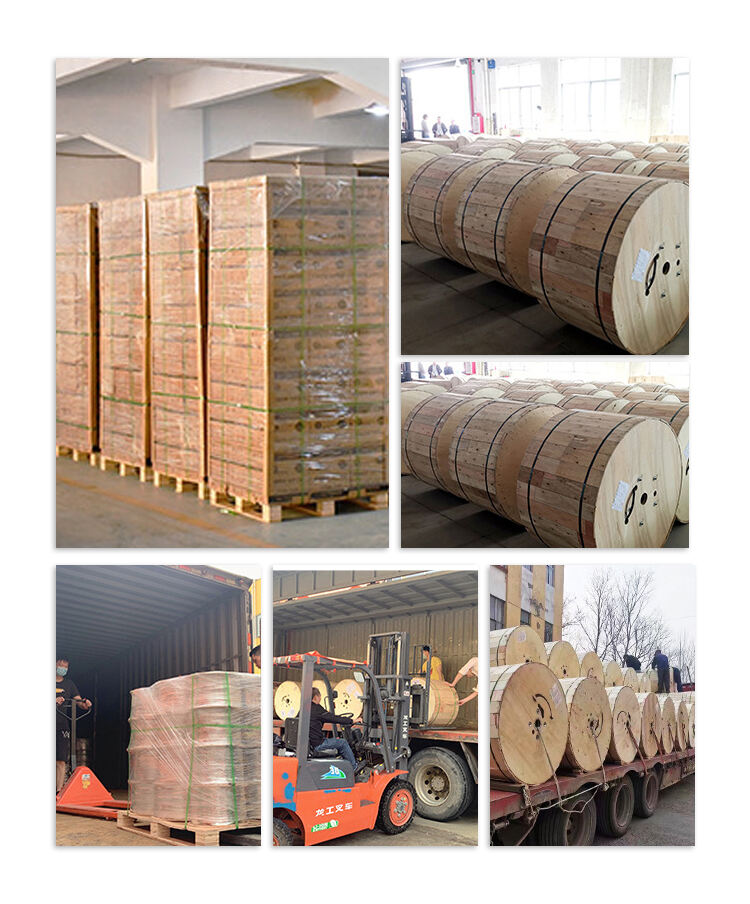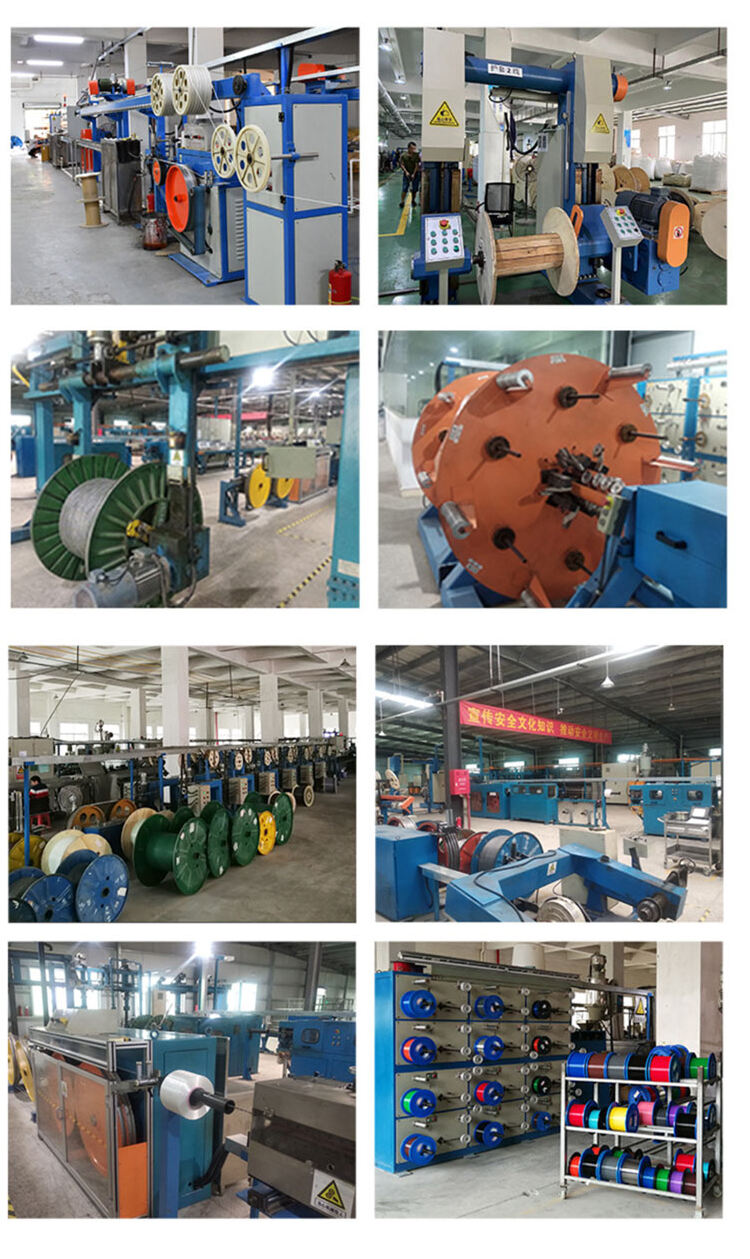
Due to having a very small core diameter, single mode fiber optic cables can only allow a single light ray to propagate. This enables data signals to be transmitted over incredibly long distances with lesser loss of power relative to multimode fiber. These cables are utilized in long-haul telecommunication networks which are used to connect various cities or even whole countries. In large scale enterprises with offices in multiple locations, single mode optic cables provide reliable high-speed connections between different regions
